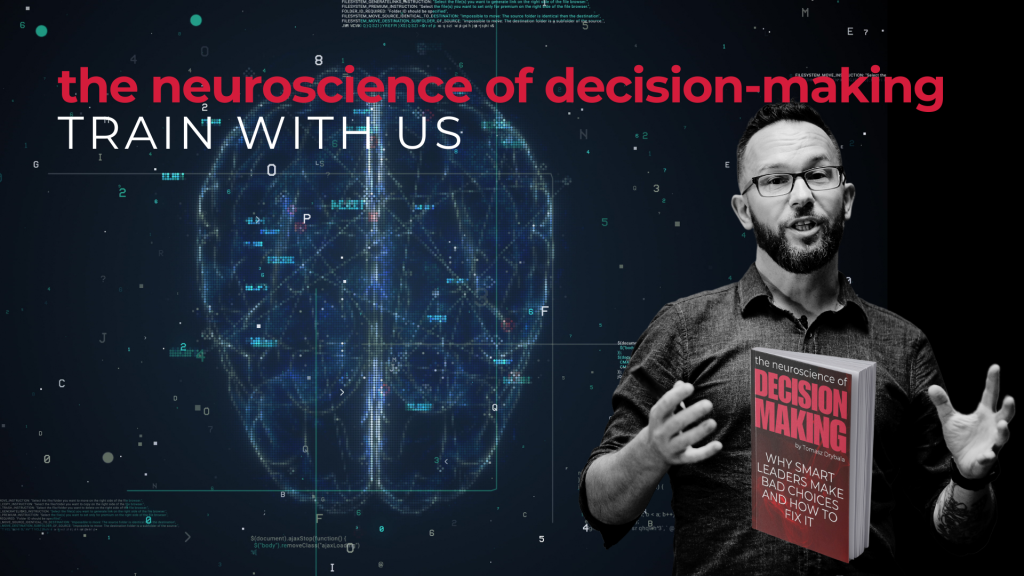Have you ever found yourself doubling down on a decision that didn’t feel quite right, yet you couldn’t walk away because of all the time, money, and effort you’d already poured into it? Maybe it was a project that kept dragging on despite mounting evidence it wouldn’t succeed. Or perhaps it was an initiative that just felt too important to abandon.
If so, you’ve likely experienced the influence of norepinephrine and the sunk cost fallacy bias at work.
Norepinephrine, often called the “attention” neurochemical, is your brain’s way of amplifying focus and heightening your sense of importance about something. It’s what drives your determination to push forward, stay resilient, and see things through. But here’s the catch: this same neurochemical can also keep you emotionally tied to decisions that no longer serve your goals, tricking you into believing that persistence is the right path—even when it’s not.
Why You Can’t Just “Let It Go”
When you invest heavily in a project, norepinephrine acts like a spotlight, directing your attention to the significance of your efforts. It reinforces the emotional weight of what you’ve already spent—whether it’s time, money, or energy—and convinces you that walking away would be wasteful.
Think about this: Have you ever felt a wave of urgency to make it work after realizing how much you’ve already put on the line? That’s norepinephrine talking. It creates a feedback loop that ties your focus to the sunk cost, making it harder to objectively evaluate whether continuing is the best choice.
But here’s the tricky part: norepinephrine doesn’t just help you stay committed; it can also narrow your perspective. It amplifies the emotional attachment to your investment while filtering out evidence that it might be time to pivot. This is why you might ignore warning signs or dismiss advice that challenges your current path.
The Cost of Unchecked Persistence
The sunk cost fallacy doesn’t just affect your decisions—it affects your bottom line. Research from Gartner reveals that up to 20% of annual budgets are wasted because leaders, under the influence of biases like the sunk cost fallacy, continue to fund failing initiatives instead of pivoting to more effective strategies.
Imagine what that 20% represents for your business. Could it be £50,000, £100,000, or more? Now imagine what you could do with those resources if they were freed up—launching new initiatives, investing in innovation, or growing your team.
What’s Happening in Your Brain?
Behind every sunk cost decision is a neurochemical loop powered by norepinephrine. When you encounter setbacks or obstacles, norepinephrine keeps you focused and engaged. It’s the chemical that makes you say, “I’ve come this far, I can’t stop now.” And while this determination is often a strength, it can also blind you to new information or better opportunities.
Here’s the challenge: the more effort you invest, the more norepinephrine reinforces your commitment, even if the evidence suggests it’s time to let go. This is why you might find yourself thinking, “I just need one more push”—even when that push means throwing good money after bad.
How to Break the Loop
Recognizing the role norepinephrine plays is the first step in breaking free from the sunk cost fallacy. But awareness alone isn’t enough. To truly shift your decision-making, you need tools and strategies rooted in neuroscience.
This is exactly what we teach in our Neuroscience of Decision-Making Training.

